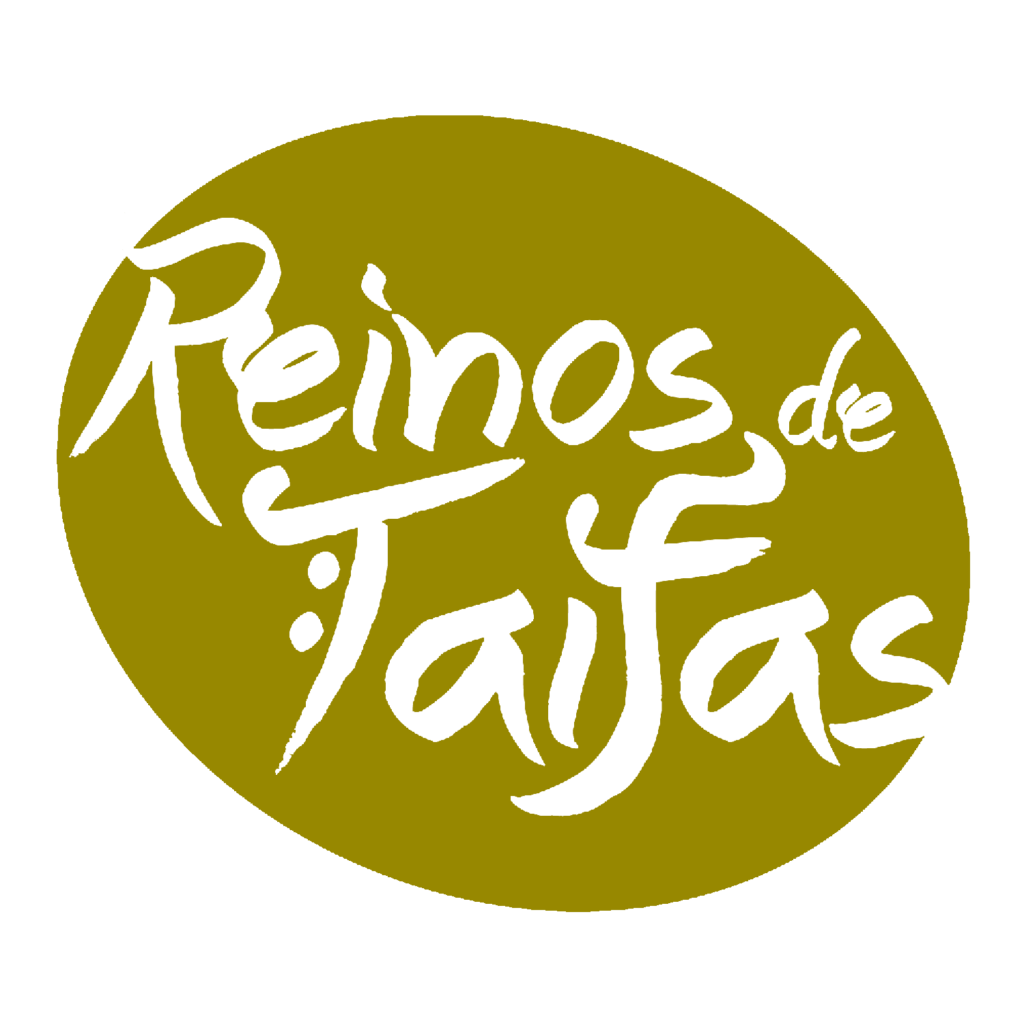How to Do an Extra Virgin Olive Oil Tasting
What is olive oil tasting?
The tasting of extra virgin olive oil is a process by which the product’s organoleptic properties are determined through smell and taste. It determines whether the virgin olive oil is superior or exceptional, does not meet the minimum standards, and requires refining (lampante).
What do we need for an olive oil tasting?
Blue glass or cup. Why are oil-tasting cups blue? The purpose of the blue glass is to cover the colour of the olive oil. The colour characteristic of oil is not essential for its quality and depends more on personal preference.
Watch glass. It is “a circular concave-convex glass sheet used in chemistry, physics, or biology to measure the mass or weight of solid products in quantity, evaporate small amounts of liquids in solid samples, and as a cover on beakers to prevent dust from entering, and to contain partially corrosive substances”.
In our extra virgin olive oil tasting, it will serve as a cover for the blue cup.
Different varieties of extra virgin olive oil. There are more than 260 varieties of olives in Spain. With a tasting, we can analyse how flavours, textures, and aromas vary in different types of oil.
What is the procedure for a tasting?
1. Pour about 15 ml of EVOO into the cup and cover it with the watch glass. Rub the base for about two minutes to bring the oil to about 28ºC.
2. Swirl the cup, still covered, so that the walls are coated.
3. Olfactory phase. When it has warmed up, remove the cover and smell the sample with slow, deep breaths to distinguish the aromas. This period should not exceed 30 seconds.
4. Gustatory phase. Introduce the oil into the mouth, about 3 ml, allowing air to enter (even if it makes noise). This way, the smell enters from front to back, and the flavours are perceived before the smells.
5. Repeat with each oil. In between tastings, it is recommended that you ingest something that removes the remnants of the previous oil. For example, you can drink water and eat an apple slice. Also, wait more than 15 minutes between tastings.
Attributes of EVOO measured in a tasting
The attributes can be positive or negative.
Among the positives are: FRUITY, BITTER, and SPICY.
Among the negatives:
- Atrojado/Borras: Characteristic flavour of oils obtained from olives stored in piles or undergone an advanced degree of anaerobic fermentation.
- Mould/moisture: Characteristic flavour of oils from olives with fungi or that have suffered moisture while stored in piles.
- Rancid: Flavour of oils that have undergone an intense oxidative process.
- Metallic: Flavour of oils from olives that have remained in contact with metallic surfaces for a long time during any production process.
*”Flavour” is the set of olfactory and gustatory sensations perceived when holding and chewing a portion of extra virgin olive oil in the mouth.
How to do an extra virgin olive oil tasting at home?
The most important thing when conducting an extra virgin olive oil tasting at home is to have a variety of extra virgin olive oils. You can do a tasting as professionally as possible by trying to follow all the previous steps or have a small tasting party with family and friends, trying different flavours to find out which is your favourite oil. You could also have pieces of bread to dip the oils for tasting.
At Reinos de Taifas, we specialise in single-varietal extra virgin olive oils in different bottle sizes. Visit our store and become an expert taster of this product, which benefits our health.
